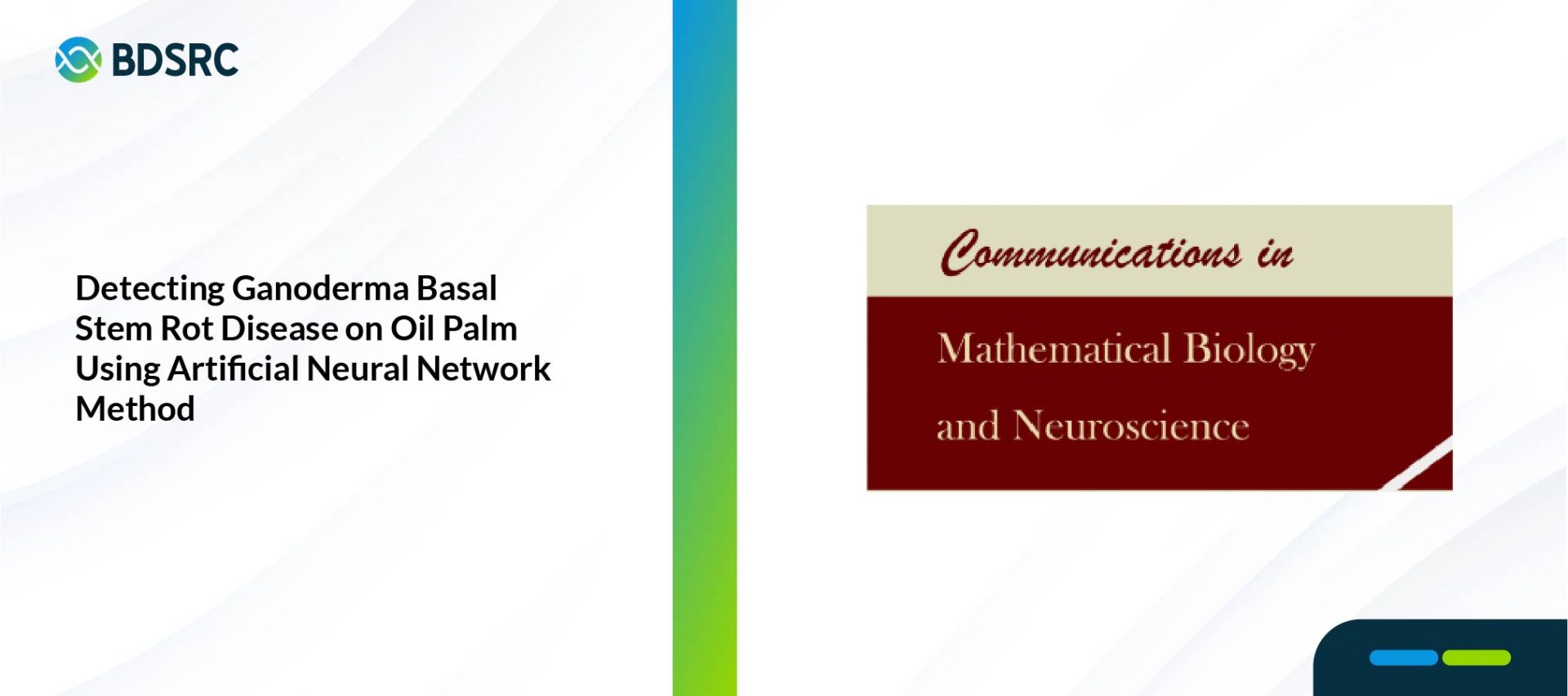Detecting Ganoderma Basal Stem Rot Disease on Oil Palm Using Artificial Neural Network Method

The oil palm tree is one of the essential plants with a major contribution to the Indonesian economy but is also vulnerable to pathogen infection, such as Ganoderma. Ganoderma boninense is a group of polyporous fungi which is responsible for Basal Stem Rot disease. The disease is extremely serious and easily spreads, posing a significant threat to the economy, so early detection of the disease becomes vital. However, the current detection techniques for the disease are expensive and time-consuming; hence, they are not ideal for large plantation areas. The development of image processing technology could be utilized to predict Ganoderma infection, using the images that are captured by a drone. This research aims to predict the spread of Ganoderma infection, in the oil palm tree plantation area in North Sumatra, Indonesia, by utilizing image processing and Artificial Neural Network methods. Our model results showed the prediction accuracy (with Green color) was 73,8%. In addition, we also showed the distribution of Ganoderma infection in the area: score 0 was 229 trees, score 1 was 295 trees, score 2 was 112 trees, score 3 was 238 trees, and score 4 was 23 trees. Overall, our research provided a non-destructive method to detect Basal Stem Rot disease in the oil palm plantation sites.
Communications in Mathematical Biology and Neuroscience
Hermantoro Sastrohartono, Muhammad A Kurniawan, Joko Pebrianto Trinugroho, Teddy Suparyanto, Mahmud Isnan, Digdo Sudigyo, Bens Pardamean
